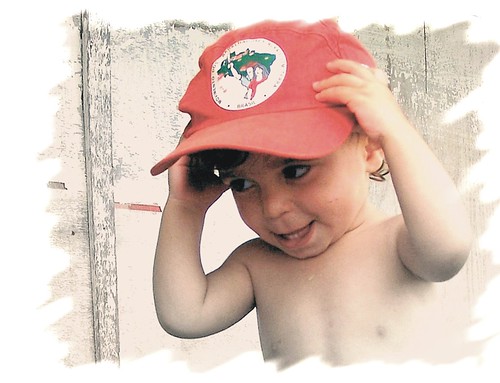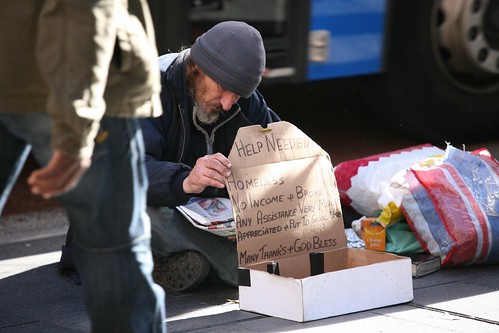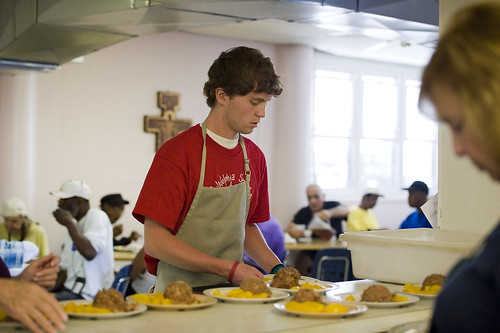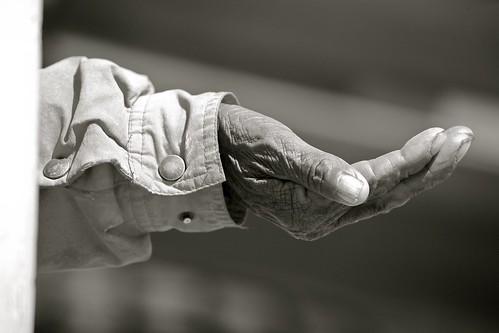
From the earliest time I could remember, I accompanied my mother on her weekly rounds to the local nursing home. We would visit with three or four ladies each week. My mother busied herself tidying their rooms, organizing their closets, drawers, filling up their bird feeders and anything else that the residents needed help with. I would sit down quietly and let the ladies squeeze my cheeks and tell me how pretty I was. As the years progressed, I became more involved with helping my mother and eventually began to bring my own children to the nursing home just as my mother had brought me. Those early years of community service instilled in me a passion to help others and leave the world a better place; something, which I feel, is kind of like a lost art these days. Here, are three reasons why I feel community service projects with children are essential to solid character development.
Community Service Widens a Child’s Eyes
It is especially hard for children to think about a world beyond themselves. From the time they were born they were catered to, and that sense of “its all about me,” is exceedingly hard to shape in a child. Exposing children, early in life, to community service activities expose children to the world around them in a way that makes a lasting impression. If children are part of a consistent community service effort, from an early age, they are profoundly aware that they are not the only ones in the world that have needs.
Community Service Helps a Child Develop Social Skills
My children can talk to anyone, not just children their own age. I credit their ability to sit and chat with people of all ages and cultures to their active involvement in community service. The development of social skills is essential to success in life. Children who have strong personal skills are generally more confident and less likely to fall prey to peer pressure. There is nothing more pleasing to me than seeing my children merrily carrying on a conversation with a 95 year old, or communicating with a victim of dementia.
Community Service Develops Responsibility
My children know that the residents at the nursing home look forward to them coming each week to play cards, sing songs or just chat. To the residents, our visit is the highlight of their week. This puts responsibility on my children to be sure that they make their weekly visit. Other things in their schedule may have to wait because they have people depending on them. They know how valuable their visit is and how sad the residents will be if they miss. Being depended on by others helps children understand cause and effect and learn to put their own interests aside for the welfare of others.
My advice to parents is that they actively engage in community service projects as a family. Every opportunity that your child has to see the “bigness” of the world and sense the impact that they can make on the lives of others helps them to experience the joy of giving and become better people in the process.
About the Author
Susan Patterson – Is a homeschooling mother with an avid interest in her community and social issues in the United States. When she is not tending to the needs of her family or community Susan freelances as a guest blogger on a variety of topics, including social service software.







